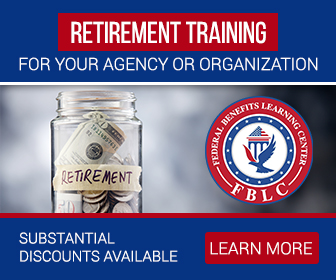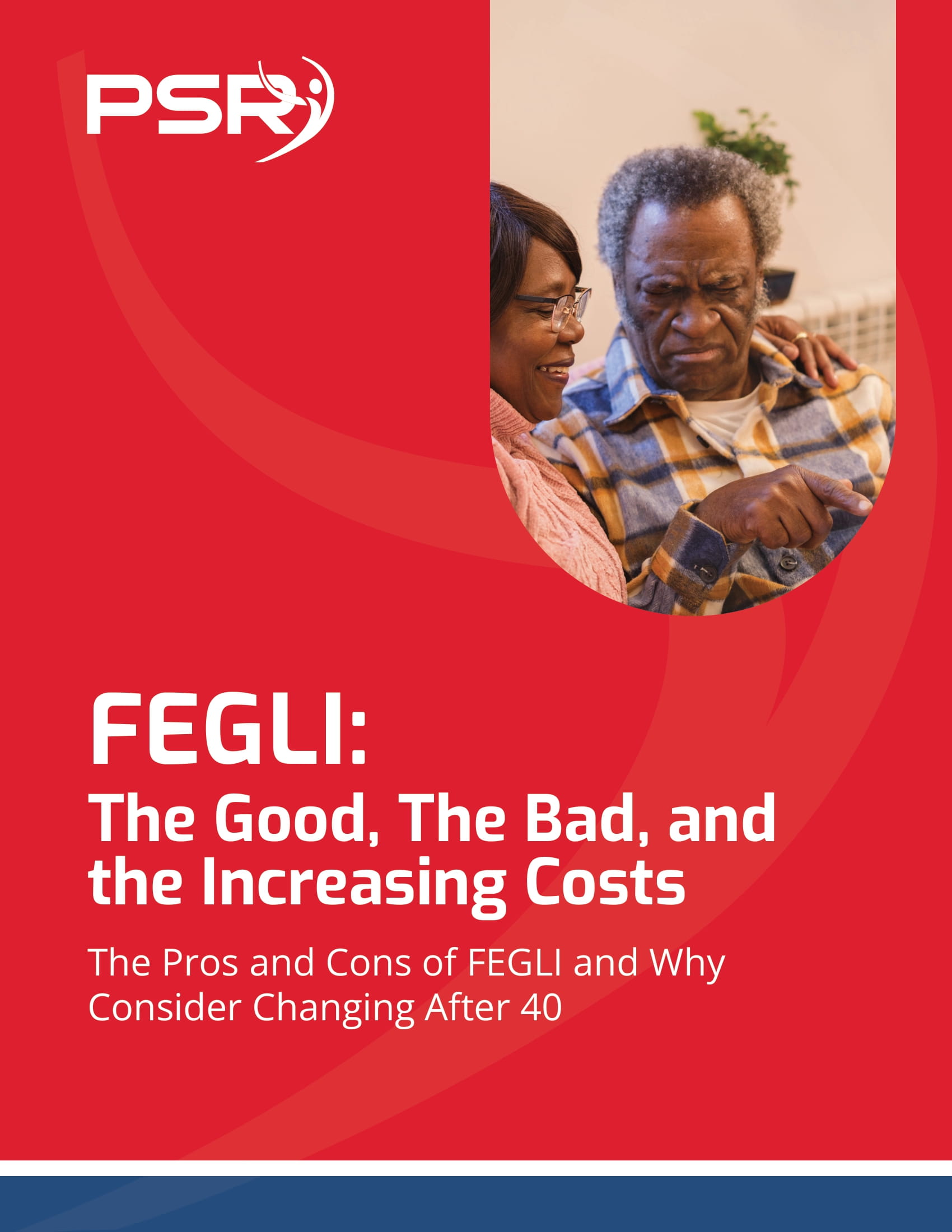 The TSP is the Federal Government’s retirement account
The TSP is the Federal Government’s retirement accountTSP or the Thrift Savings Plan is one of the well-reputed retirement plans in the country at the moment. With a very low administrative fee that charges only .029 percent of the balances (which is much lesser than that charged by other 401(k)-type plans), it’s a great investment. But is there a catch? Or is it just too good? Let’s see.
Analyzing TSP:
TSP was established in 1986 by the federal government of the US in the bid to provide traditional pension benefits to its employees. The idea was to make the transition from CSRS or the Civil Service Retirement System
- Also Read: Federal Retirement Advice You Didn’t Know You Needed—Until Now
- Also Read: The Latest Federal Employee News You Need to Know to Protect Your Retirement
- Also Read: Ready for Retirement? Here’s How Law Enforcement Officers Can Leave the Job with Benefits Intact
The last 30 years have seen some stark advancements being made to the Thrift Savings Plan. It has been offering an ever changing income supplement to the Social security and the defined benefit components of the FERS. This slight variance is depended on the differences in the investment strategies of the participants and how much the employees are willing to put in the fund. A meager 1 percent is always put in as an investment after an employer match of the same figure. The maximum you can go is 10 percent with an employer match of 5 percent.
While there are aspects of the TSP that could be improved, we are pretty certain that it’s one of the retirement plans that is loved by most and will be loved by many who follow. But is it worthy of being extended to be available to the private employees of the state as well? This is a decision that the government has to take and we hope that they make the right one.








